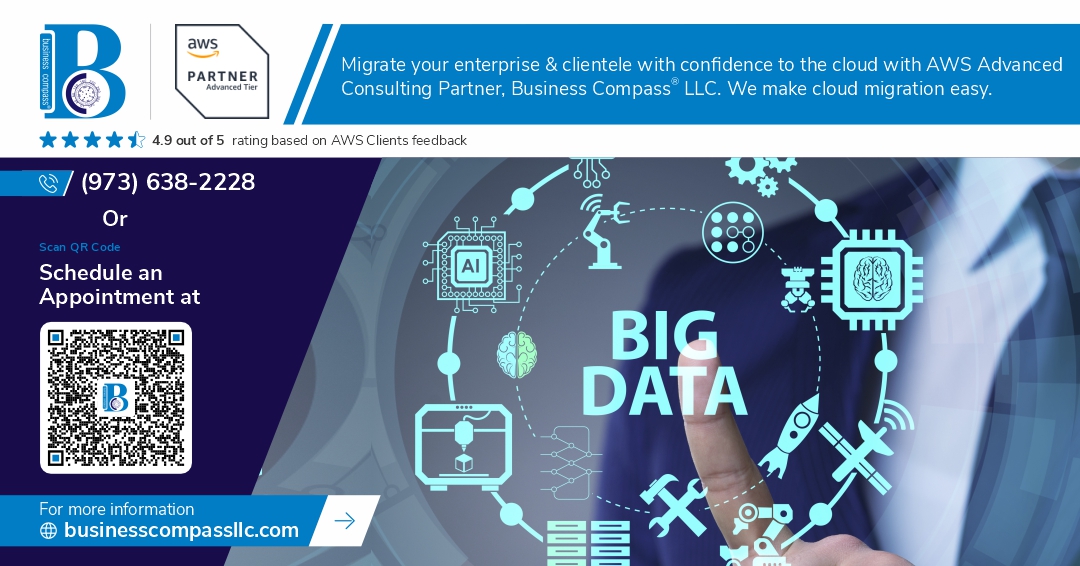Choosing Between CTEs and Temporary Tables for Optimal Query Performance in AWS Redshift
Overview of Common Table Expressions (CTEs) in SQL
Common Table Expressions (CTEs) are a powerful feature in SQL that allows you to define temporary result sets, which can be referenced within a SELECT, INSERT, UPDATE, or DELETE statement. CTEs help break down complex queries into more manageable parts, making the query more straightforward to write, read, and debug. In AWS Redshift, CTEs can be used to improve the organization and readability of your SQL code, but their impact on performance can vary depending on how they are used.
Advantages of Using CTEs in AWS Redshift
In AWS Redshift, CTEs offer several advantages:
Improved Query Readability: CTEs allow you to structure complex queries more readably, separating logical steps into different sections.
Modularity: By breaking down queries into smaller, reusable parts, CTEs make it easier to maintain and modify SQL scripts.
Scalability: When used correctly, CTEs can help in scaling queries by dividing large datasets into smaller, more manageable pieces.
Recursion: AWS Redshift supports recursive CTEs, which are beneficial for queries that require iterative processing, such as hierarchical data queries.
However, it's important to note that CTEs in AWS Redshift are essentially inline views, and the database engine may re-execute them multiple times if referenced more than once in a query. This behavior can lead to performance issues in specific scenarios.
Role and Benefits of Temporary Tables in Redshift
Temporary tables in AWS Redshift are another powerful tool for managing intermediate results in SQL queries. Temporary tables are created and exist only for the duration of a session, and they are handy for complex data transformations that require multiple steps.
Key benefits of using temporary tables in Redshift include:
Performance Optimization: Unlike CTEs, which may be re-evaluated with each reference, temporary tables store intermediate results physically. This can significantly reduce the workload for complex queries, especially when the intermediate data is referenced multiple times.
Simplified Data Handling: Temporary tables can be indexed and optimized for faster data access and processing. This is especially useful when dealing with large datasets.
Flexibility: Temporary tables can be modified after creation, enabling additional transformations or optimizations that might not be possible with CTEs.
Persistence Across Queries: Temporary tables can be reused across multiple queries within the same session, reducing redundancy and improving performance.
Best Practices for Query Writing in AWS Redshift
To maximize the performance and efficiency of your queries in AWS Redshift, consider the following best practices:
Use CTEs for Simplicity and Readability: CTEs are an excellent choice for straightforward queries or when the same result set is used only once. They keep your SQL code clean and easy to understand.
Leverage Temporary Tables for Performance: When dealing with large datasets or when intermediate results are referenced multiple times, temporary tables can offer significant performance benefits.
Avoid Overusing CTEs: While CTEs are convenient, overusing them in performance-critical queries can lead to unnecessary re-computation and slow query execution.
Monitor and Analyze Query Performance: Utilize AWS Redshift’s performance tools, such as Query Monitoring and Performance Insights, to identify bottlenecks and optimize your queries accordingly.
Consider the Query Context: Depending on the nature of the query—whether it's part of a one-off analysis or a repeated process—choose between CTEs and temporary tables based on the expected performance impact.
Determining the Right Approach: It Depends on Your Scenario
Choosing between CTEs and temporary tables in AWS Redshift largely depends on your specific scenario. If your query requires readability and modularity without heavy performance demands, CTEs might be the right choice. However, temporary tables can be more efficient if you work with large datasets, complex transformations, or scenarios where the same intermediate results are used multiple times.
Ultimately, the best approach is to experiment with both methods, monitor performance, and select the best balance between maintainability and efficiency for your specific use case.
References

Comments
Post a Comment